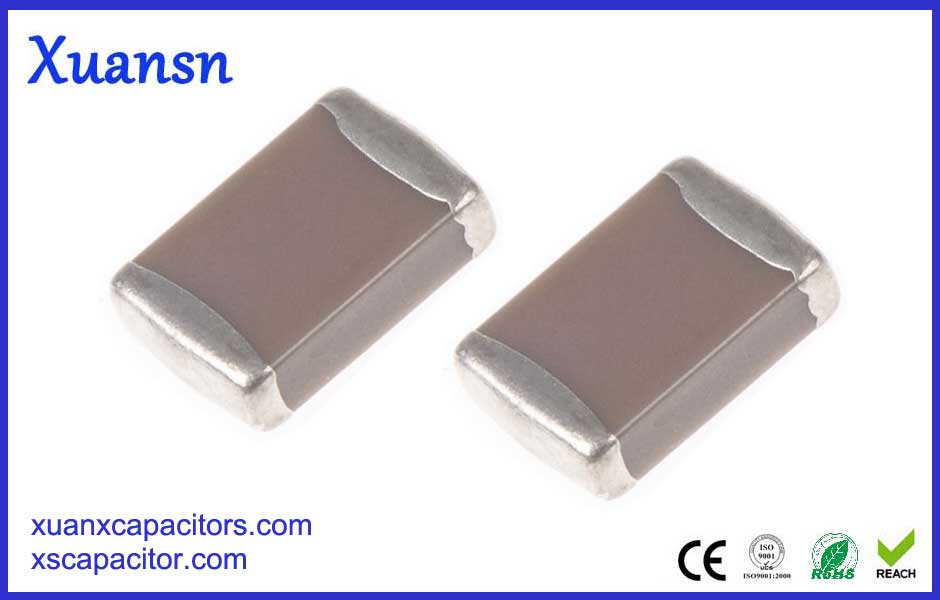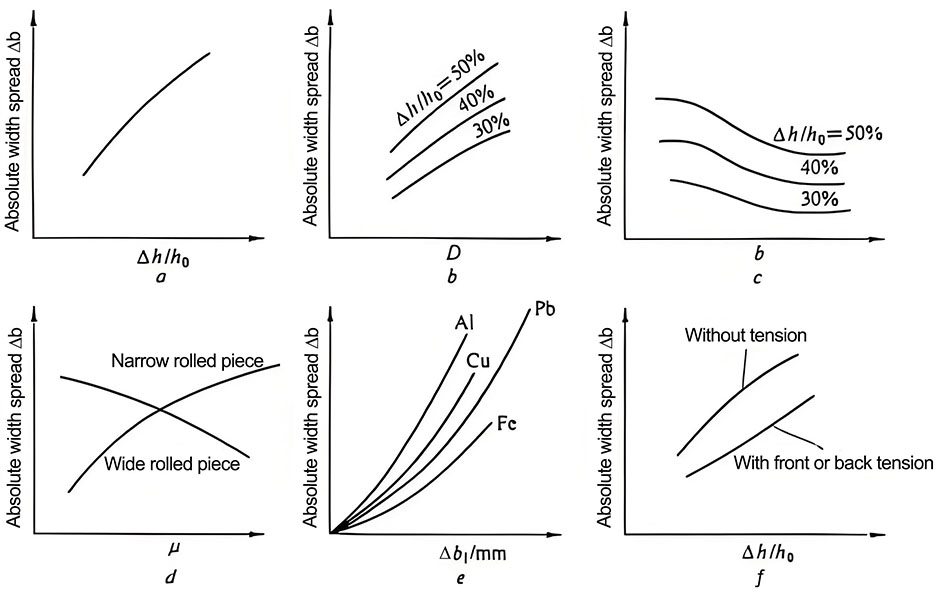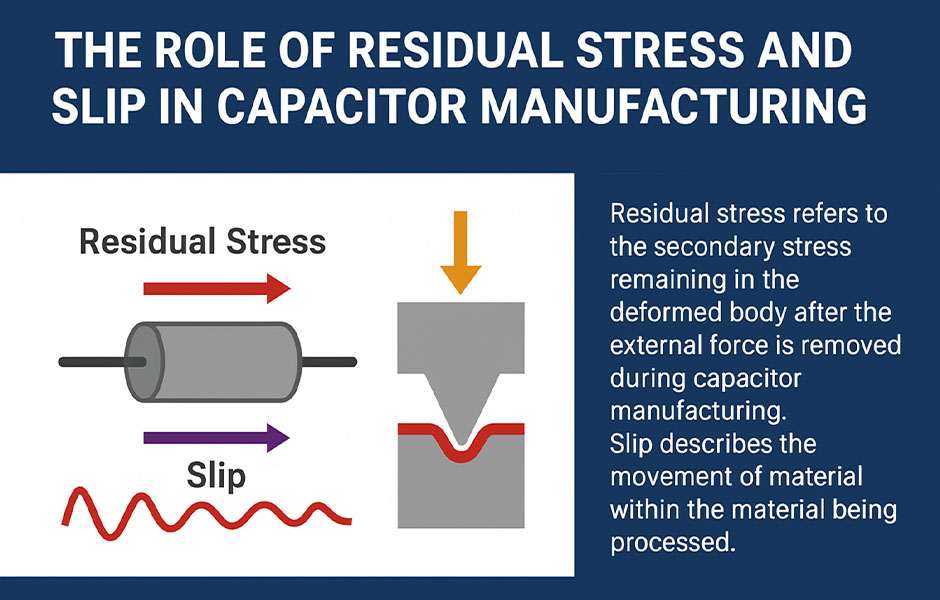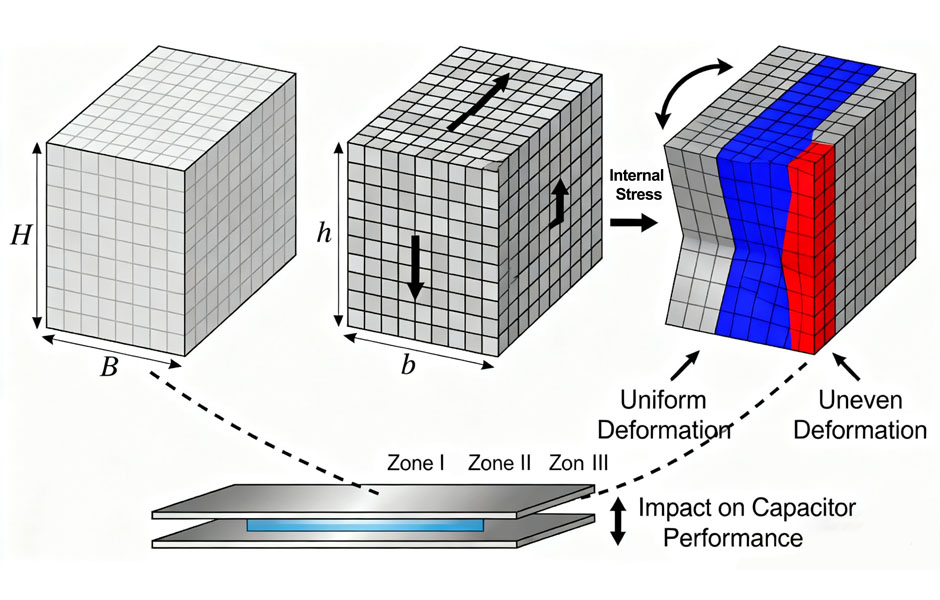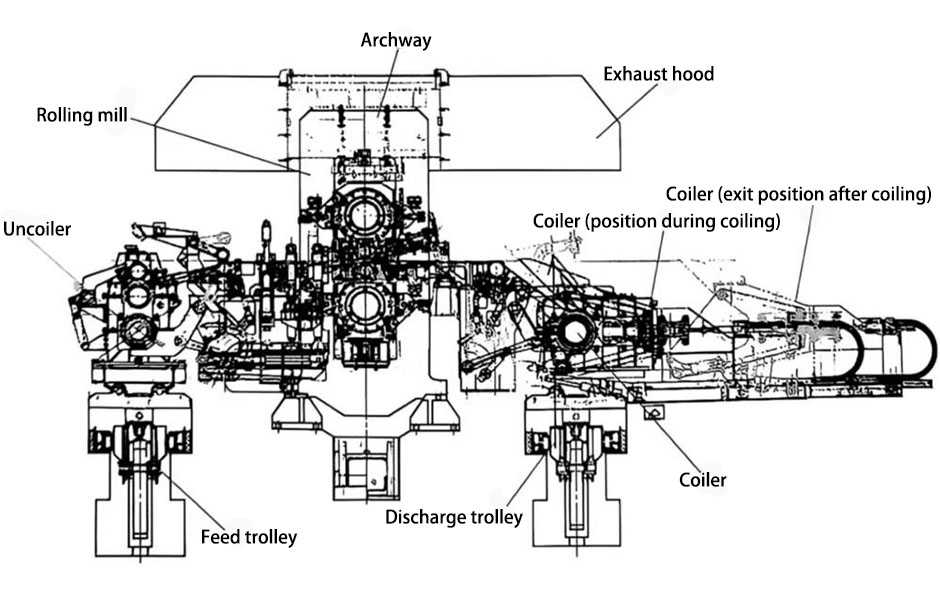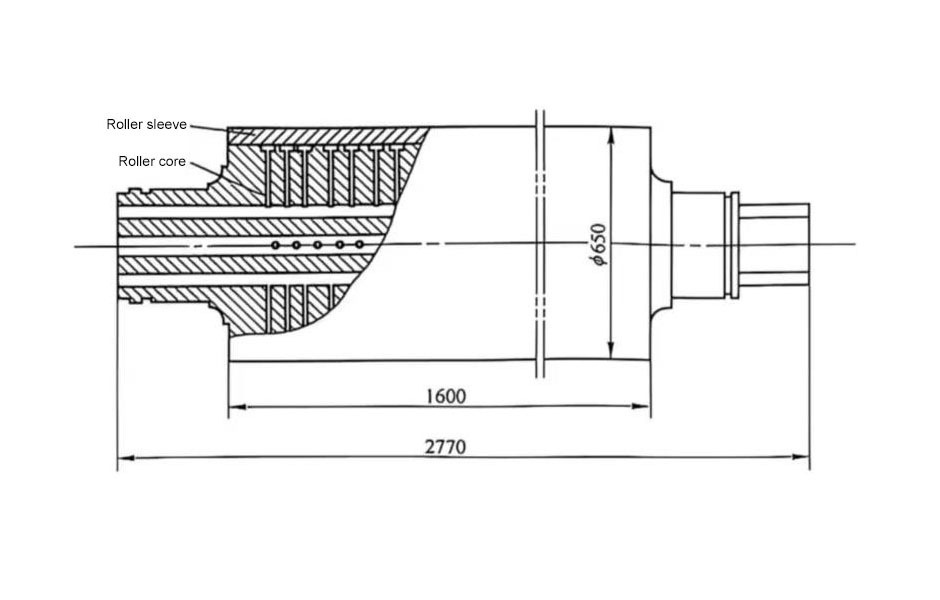The manufacturing process of multilayer ceramic capacitor is as follows:
(1) Raw materials should be selected
Factors affecting the quality of high-voltage multilayer ceramic capacitor, in addition to the composition of porcelain, optimization of process manufacturing, strict process conditions are very important. Therefore, both the cost and the purity should be considered for the raw materials. When selecting industrial pure raw materials, attention must be paid to the suitability of the raw materials.
(2) Preparation of frit
The quality of the frit preparation has a great influence on the fineness and firing of the ceramic material. If the melting temperature of the frit is low, the synthesis is insufficient. Not good for subsequent processes. If Ca2+ remains in the synthetic material, it will hinder the progress of the film rolling process: if the synthesis temperature is too high, the frit will be too hard, which will affect the ball milling efficiency: the introduction of impurities in the grinding medium will reduce the activity of the powder and lead to an increase in the firing temperature of the ceramics. .
(3) Forming process
When forming, it is necessary to prevent uneven pressure in the thickness direction, and the blank has too many closed pores. If there are large pores or cracks, it will affect the electric strength of the porcelain.
(4) firing process
The firing system should be strictly controlled, and temperature control equipment with excellent performance and kiln furniture with good thermal conductivity should be adopted.
(5) Encapsulation
The selection of the encapsulating material, the control of the encapsulation process, and the cleaning treatment of the surface of the porcelain piece have a great influence on the characteristics of the capacitor. In this case, it is necessary to select a sealing material which has good moisture resistance and is closely combined with the surface of the ceramic body and has high electric strength. At present, most of the epoxy resins are selected, and a few products are also encapsulated with phenolic grease. It is also coated with a first insulating varnish and then encapsulated with a phenolic resin, which has a certain significance in reducing costs. Powder encapsulation technology is often used on large-scale production lines.
